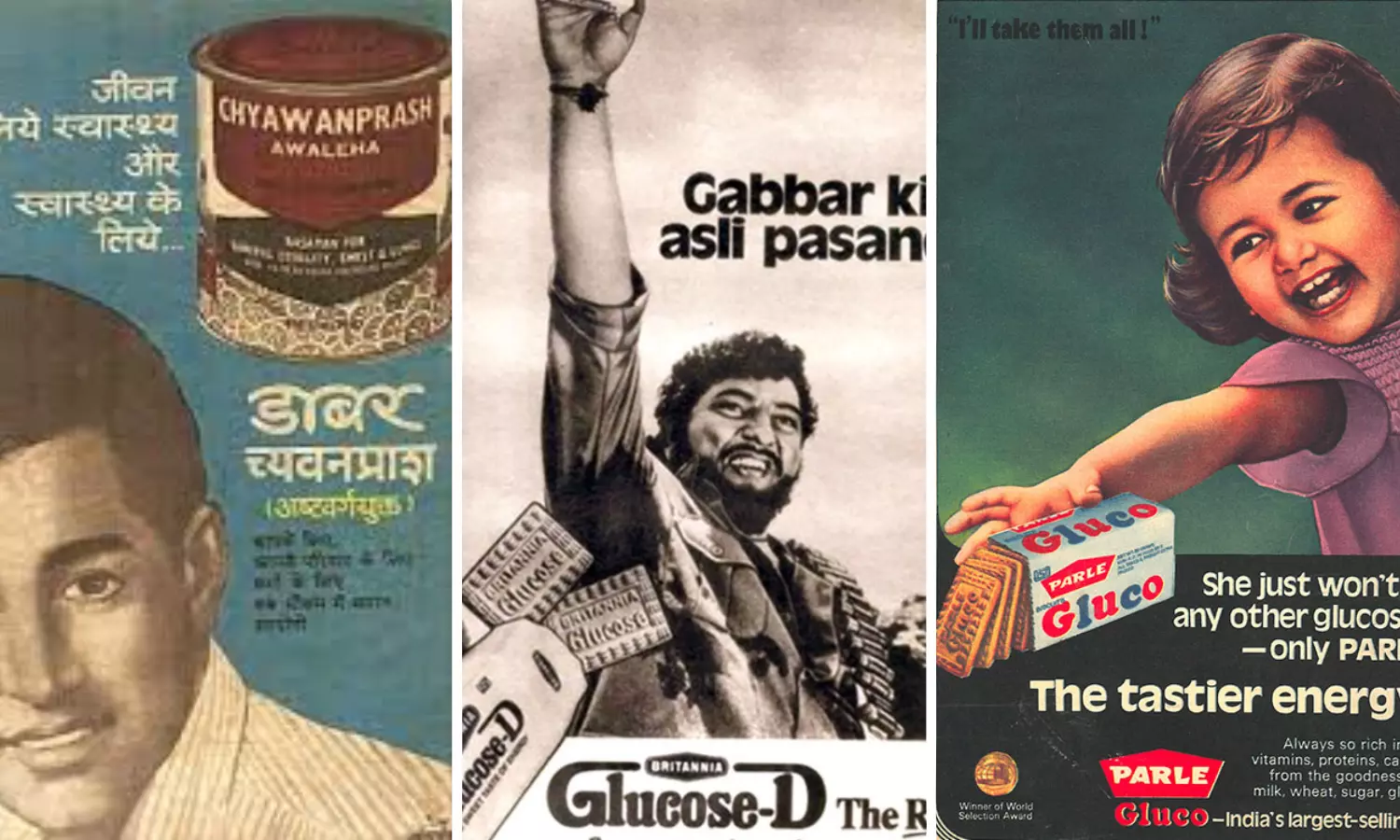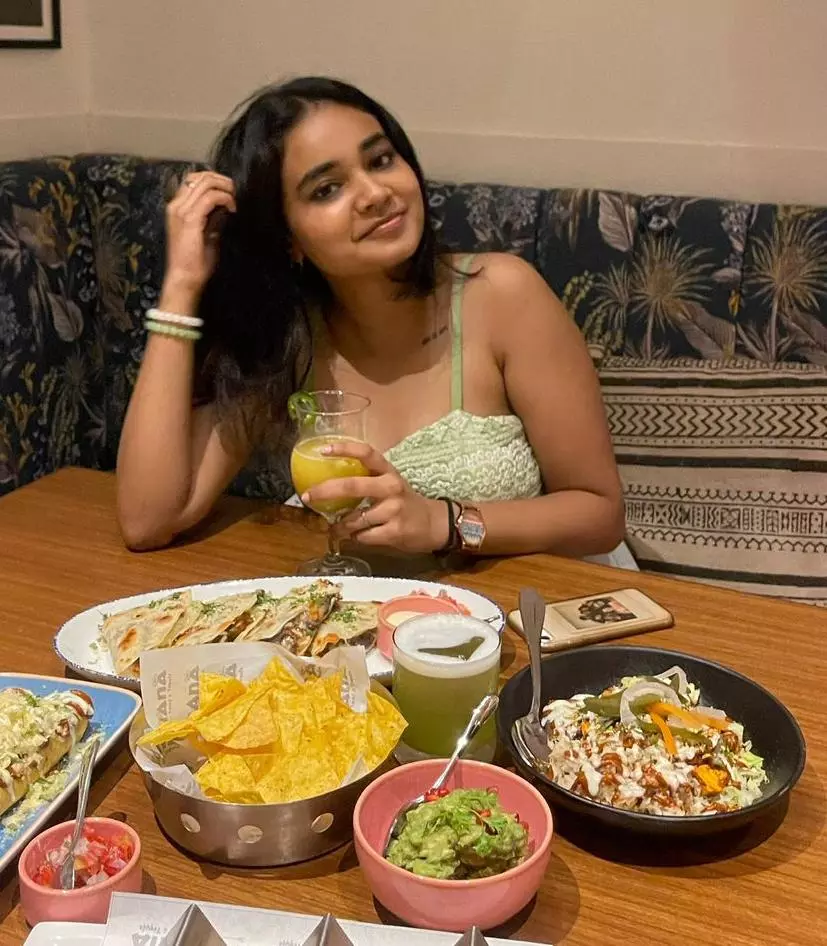5 Indian Food Brands That Defined Taste and Tradition
From baked goodies to packaged foods, here’s how well-known brands made it through the struggle for independence
- By Ananya GandhiLoading...
- | 15 Aug 2023 11:36 AM IST
 X
X
The rich tapestry of Indian cuisine we savor today is a result of centuries of cultural exchange, regional diversity, and culinary innovation. Before India gained its independence in the mid-20th century, and even today for that matter, the subcontinent has always been a melting pot of flavours, spices, and culinary traditions. And while we all love the traditional make-at-home way of living we certainly cannot deny how modernisation has also made our lives easier. From humble beginnings to becoming household names, some brands have stories that intertwine with the nation's struggle for freedom, changing social dynamics, and the unbreakable spirit of entrepreneurship. Similar is the story of the following 5 brands that not only have withstood the struggle for freedom but have also established themselves in more ways than one.
Join us as we embark on a flavourful expedition through time, uncovering the tales of innovation, perseverance, and brilliance that fueled the appetites and aspirations of a nation on the brink of transformation.
1.Parle G (Parle Products)
Parle Products was founded in 1929 in Mumbai by Mohanlal Dayal Chauhan and Chauhan brothers. Their first product was Parle Glucose biscuits, commonly known as Parle G. During the pre-independence era, Parle G biscuits became popular due to their affordability and taste. They catered to the masses and became a staple food item. During the struggle for independence, Parle G continued to produce and supply biscuits, serving as a source of sustenance for people. Post-independence, the brand expanded its product range and established itself as one of India's leading biscuit manufacturers. Parle Products has evolved into a conglomerate with various food products, including biscuits, snacks, and confectionery. Parle G biscuits till date remain an iconic and widely consumed product in India.
2. Haldiram’s
Haldiram's traces its roots to a small sweets and namkeen shop in Bikaner, Rajasthan, founded in 1937 by Ganga Bishan Agarwal. The brand didn't have a direct role in the struggle for independence, but like other local businesses, it contributed to the economy during challenging times. Over time, Haldiram's expanded its offerings and outlets, becoming a leading producer of Indian snacks and sweets. The brand's consistent quality and variety helped it gain popularity not only in India but also internationally. At present, Haldiram's had a strong presence both within India and among the Indian diaspora.
3. Britannia
Britannia Industries was founded in 1892 in Kolkata by a group of British entrepreneurs. Britannia played a significant role in introducing baked goods to the Indian market. It was among the few brands that provided packaged and hygienic food products. During the independence movement, Britannia continued its operations, contributing to the availability of packaged food. After independence, it adapted to changing tastes and preferences, becoming a household name. Britannia is now a major player in the Indian food industry, offering a wide range of products including biscuits, cakes, and dairy products.
4. Dabur
Dabur was founded in 1884 in Kolkata by Dr. S. K. Burman, specialising in Ayurvedic medicines. Dabur provided Ayurvedic remedies during the pre-independence era, contributing to healthcare with its traditional products. Dabur supported the freedom movement by providing healthcare through Ayurvedic medicines. After independence, it expanded into various consumer goods sectors and became a leading FMCG company. Dabur has grown into a multinational FMCG corporation with a wide range of products including healthcare, personal care, and food products.
5. MTR (Mavalli Tiffin Room)
MTR was established in 1924 in Bangalore by Yagnanarayana Maiya. It started as a restaurant serving South-Indian cuisine and further contributed to culinary traditions by serving quality food. While MTR's direct role in the independence movement might have been limited, it played a role in preserving and popularising Indian cuisine. Post-independence, it expanded into packaged food products like AAA, BBB, CCC, and more as well as operating restaurants in the country and overseas to promote Indian cuisine.
These brands have not only survived but also thrived through their dedication to quality, innovation, and adaptation to changing times. Despite being old-timers they continue to contribute to India's industrial landscape and economy.

Ananya Gandhi
Ananya grabs at every chance she gets to spend time with strangers listening to their stories, painting or reading some romantic-thriller novel almost everywhere. Her love for food encompasses everything from crispy fried chicken to a creamy cheesecake. And this combined passion for food and creativity, paired with a knack for social media enables her to make some fascinating content for her Instagram.


